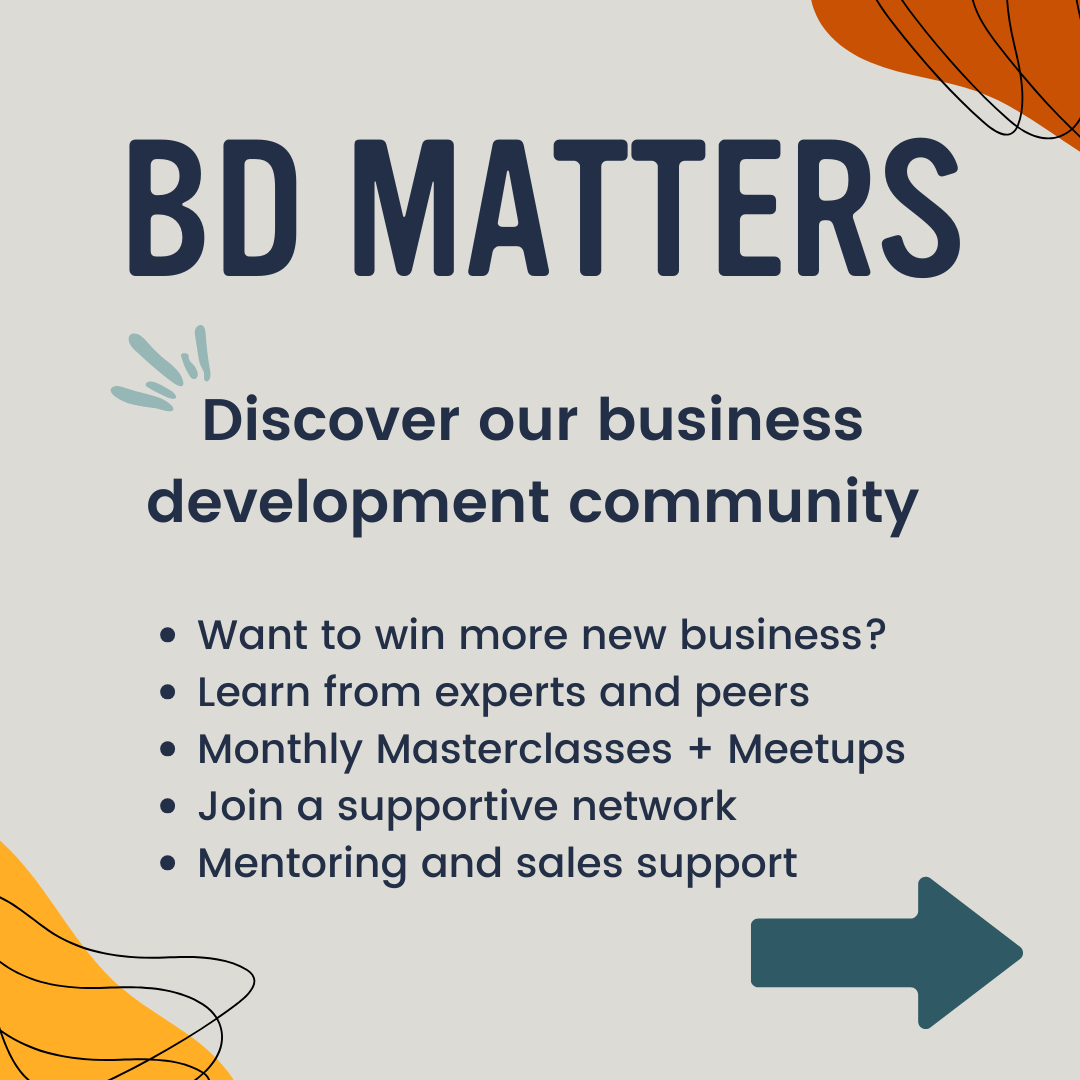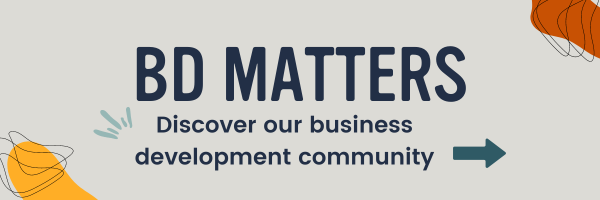
Part 3. Lack of patience and consistency
May 14, 2019
We have identified what we believe are the top five reasons most agencies fail at new business and written a guide on how you can start to put in place the right steps to combat them. This is a five-part series that we will release over the next couple of months, which includes:
- Failure to differentiate, stand out and target a specific audience
- Agency owners think they can fully outsource or delegate new business
- Lack of patience and consistency
- Little knowledge or experience in sales
- Failure to demonstrate value
Part 3
As a business owner it is only natural to have an entrepreneurial thirst for success. But many want the fame and riches right now. “Zuckerberg did it overnight and that agency down the road sold out for millions in 3 years, so why can’t I?”
There are many ways to grow a business and predicting your journey is as predictable as British weather. For most, the journey will be full of peaks and troughs over many years, but some take huge risks or seek external investment, that can pay off quicker. You only see the silver lining or hear the story they want you to hear, which sometimes puts ‘rose-tinted glasses’ on the whole thing. One thing I know is that once you’re confident about your product/service offering, sales is your lifeline and momentum is everything.
Many business owners look at the few months ahead of them and take short-term actions to try and improve their commercial success. These decisions may not be what’s suitable for the years ahead, especially when it comes to new business. I’ve seen all sorts of tactical decisions, from hiring and firing new business people, appointing new business agencies, calling everyone in your phonebook, buying data lists, rebranding etc. Whilst different tactics may work at different times, the key to a consistent pipeline is exactly that; consistency. And you must be consistently nurturing a large database of contacts. My definition of ‘nurturing’ is providing valuable insight and advice to your audience time and time again. Trying to define a ‘large database’ is more challenging depending on how many deals you need to win but for most SMEs, a few thousand contacts should do it (point being – 50 to a few hundred is probably not going to cut it).
It is not uncommon for nurtured leads to take 12-18 months to convert. I just won a new client two years after the initial contact. The reality is, the hard work and effort you put in, will pay off but not if you give up (ever). Did you know that…
- 48% quit after the 1st contact
- 73% quit after the 2nd contact
- 85% quit after the 3rd contact
- 90% quit after the 4th contact
- 10% get 80% of the business
So, persistence and patience is key to sales because you have to stay top of mind; but it’s not about nudging people and being annoying. As I said, the key is providing value. With enough insight and research into your targeted audience, you will be able to create marketing content and initiatives that empathise with their needs and challenges. Doing this frequently will warm contacts to you until they are primed to be sold to. Many make the mistake by looking at the cashflow or pipeline, panicking and trying to aggressively sell. Or they take the approach of ‘cold’ calling. The key to being good at sales, is not selling. If you find yourself having to ‘sell’ then your marketing isn’t working hard enough to educate and entice.
One common trend I see is feast or famine. To some extent this is hard to manage but it is possible to minimise the ebb and flow. You cannot predict who will say yes or no to your proposals, but you can ensure you stay focused on the metrics you can control. In sales we talk about lead and lag indicators. A leading indicator is a predictive measurement and something you can control for example, how many meetings you go on, proposals you write, emails you send, connection requests you send, blogs you write, events you attend etc. By hitting and tracking these measures consistently, no matter how busy you are will ensure your pipeline stays consistently full. It also stops you losing your mind by keeping you focused!
The other important factor is consistency in messaging and brand. It can take years if not decades to build a reputation and be known for something, which is why it astonishes me that people think they can constantly change their entire positioning every six months, often making themselves unrecognisable overnight. We teach our clients about consistency and ensuring their messaging, values and personality is the same no matter what touchpoint their customers and prospects come into contact with them. This is exactly what you would tell your own clients but for some reason when it comes to our own marketing, we have a random, untrained receptionist who knows little to nothing about the business, a dated website, an array of descriptions of the business on each social channel and a bunch of employees who can’t articulate what we stand for. Throw in an erratic business leader who changes their mind every six months and you have a recipe for disaster.
When it comes to positioning we divide it into two stages: brand and sales. The brand message is the part we keep consistent no matter what e.g. your personality, beliefs, tone of voice. However, the sales element can change as this is dictates by your product and service offering and the needs of your audience. By doing this you can articulate a difference in what you do but it still sounds and feels like you.
Being consistent and patient is not as easy as it sounds; it takes guts to steading the ship and stay the course despite setbacks and naysayers. Maybe think Jobs instead of Zuckerberg and embrace failure.
So slowly, slowly catchy monkey.

